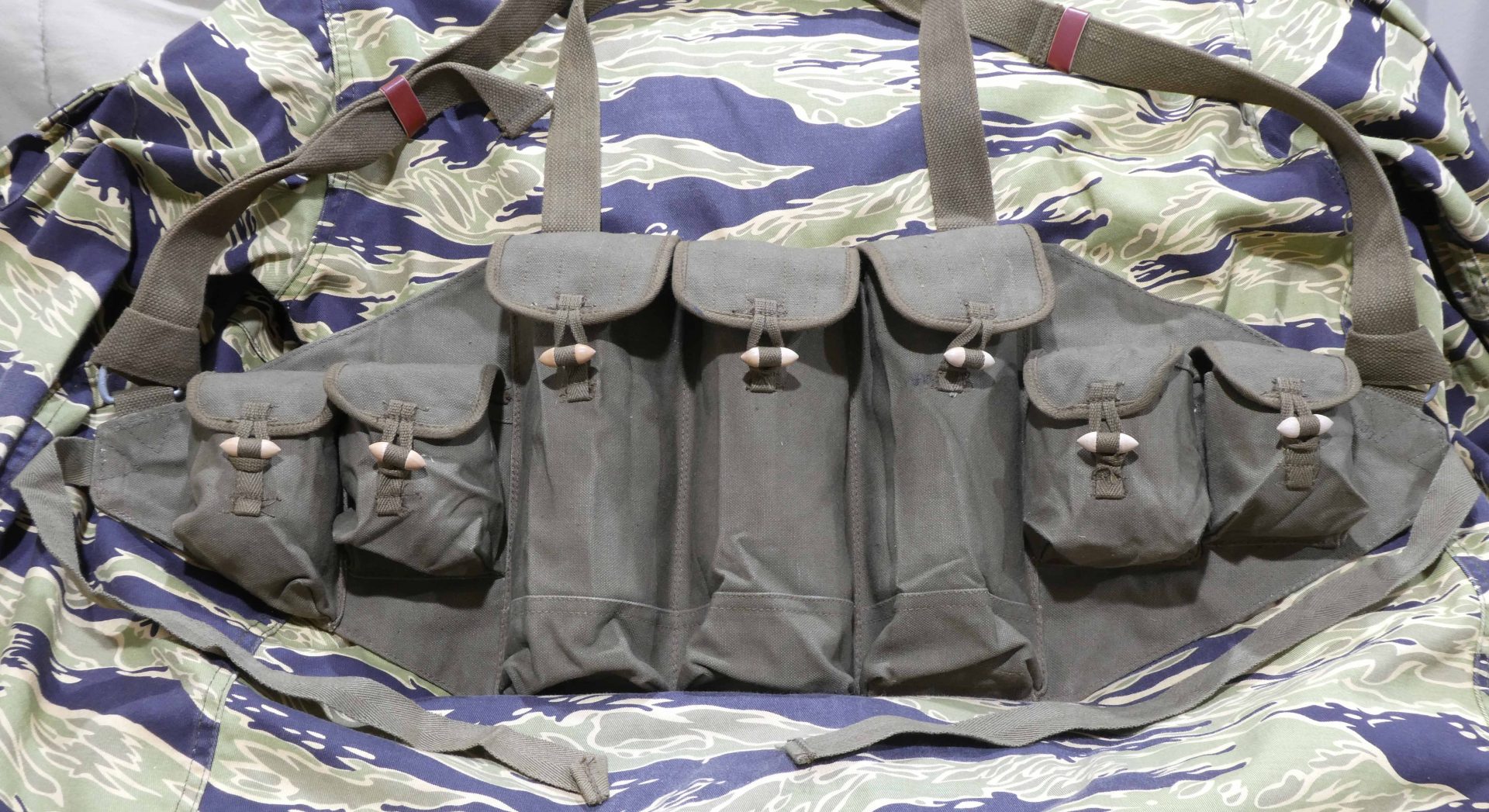The humble “chicom” chest rig is probably one of the most influential pieces of load bearing equipment ever made. This piece of webbing allowed users to carry at least 3 magazines on their chest, in addition to what was on their waist belt, and in a configuration to allow for quick and easy retrieval. Nearly every communist-aligned liberation movement that recieved Chinese war aid used this chest rig, and some even manufactured copies for themselves.
Sample 1: Earlier “Mud Brown”
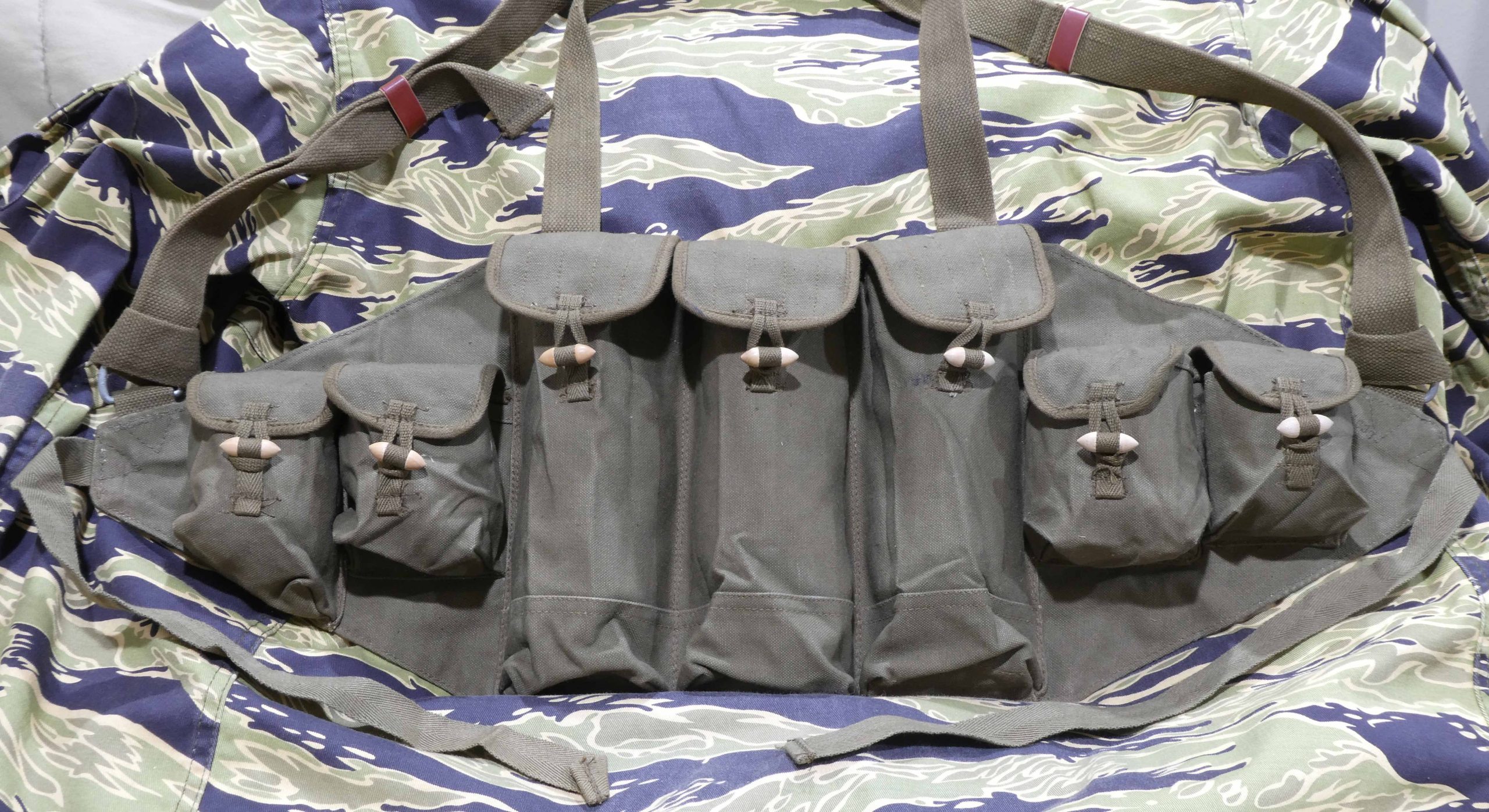
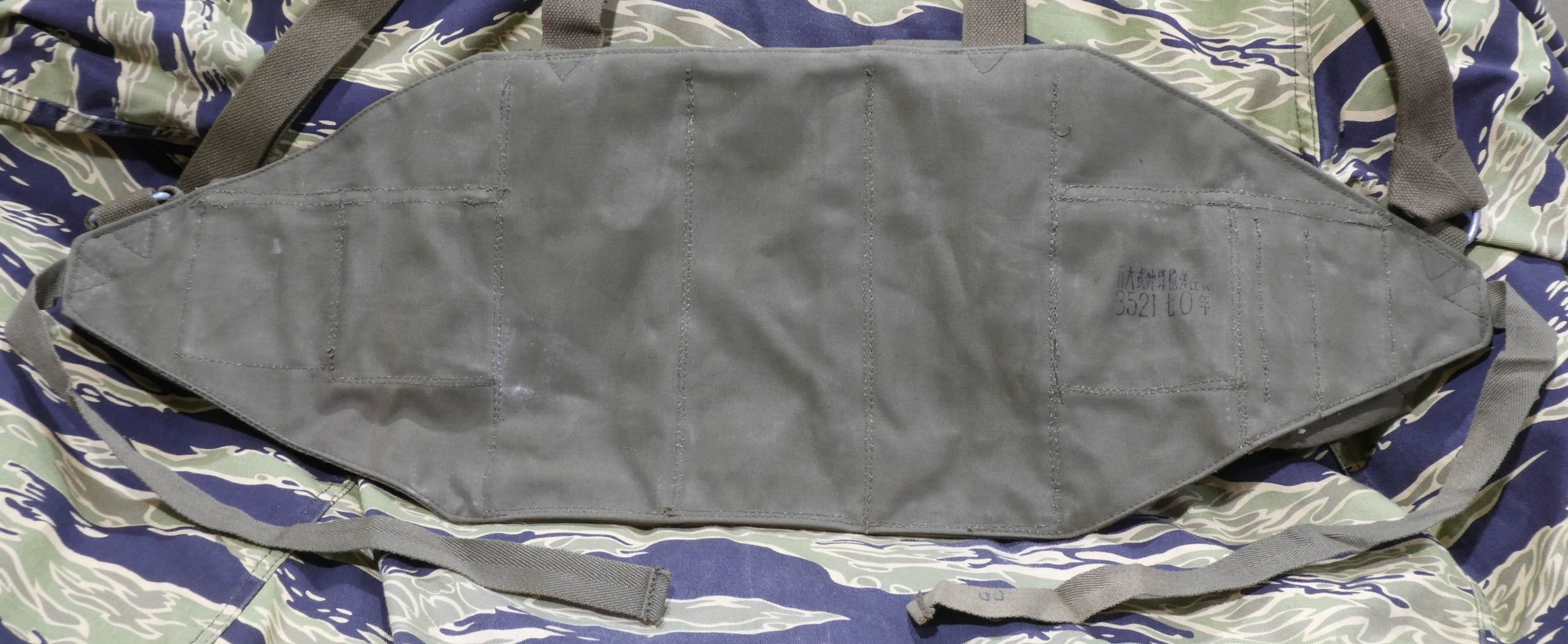
“Mud brown” is the name used by sellers on eBay to describe the earlier dated chest rig’s colors. The brown chest rigs were more likely to be encountered in Vietnam whereas the greener ones were more commonly found in South Africa.
Stamp:
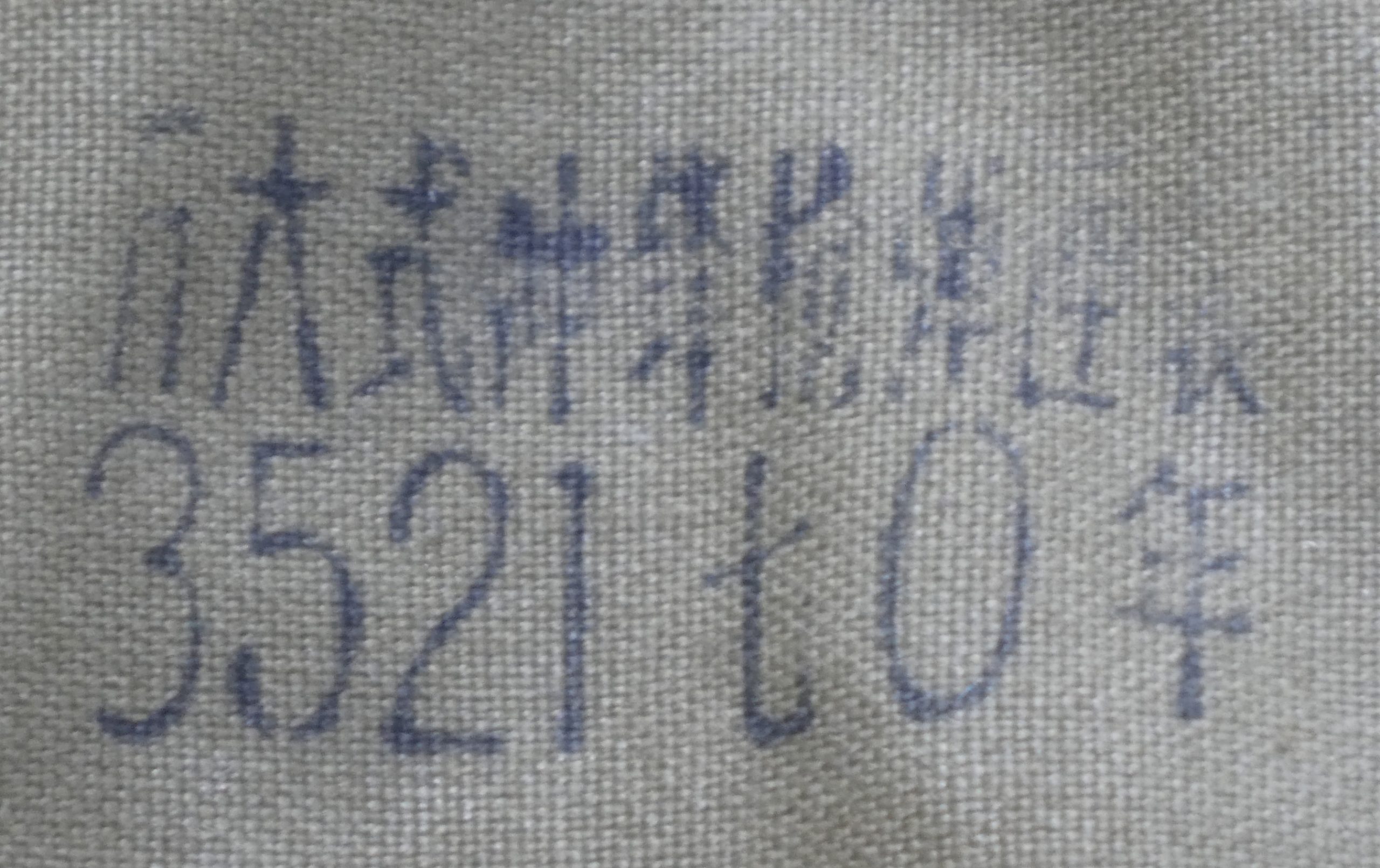
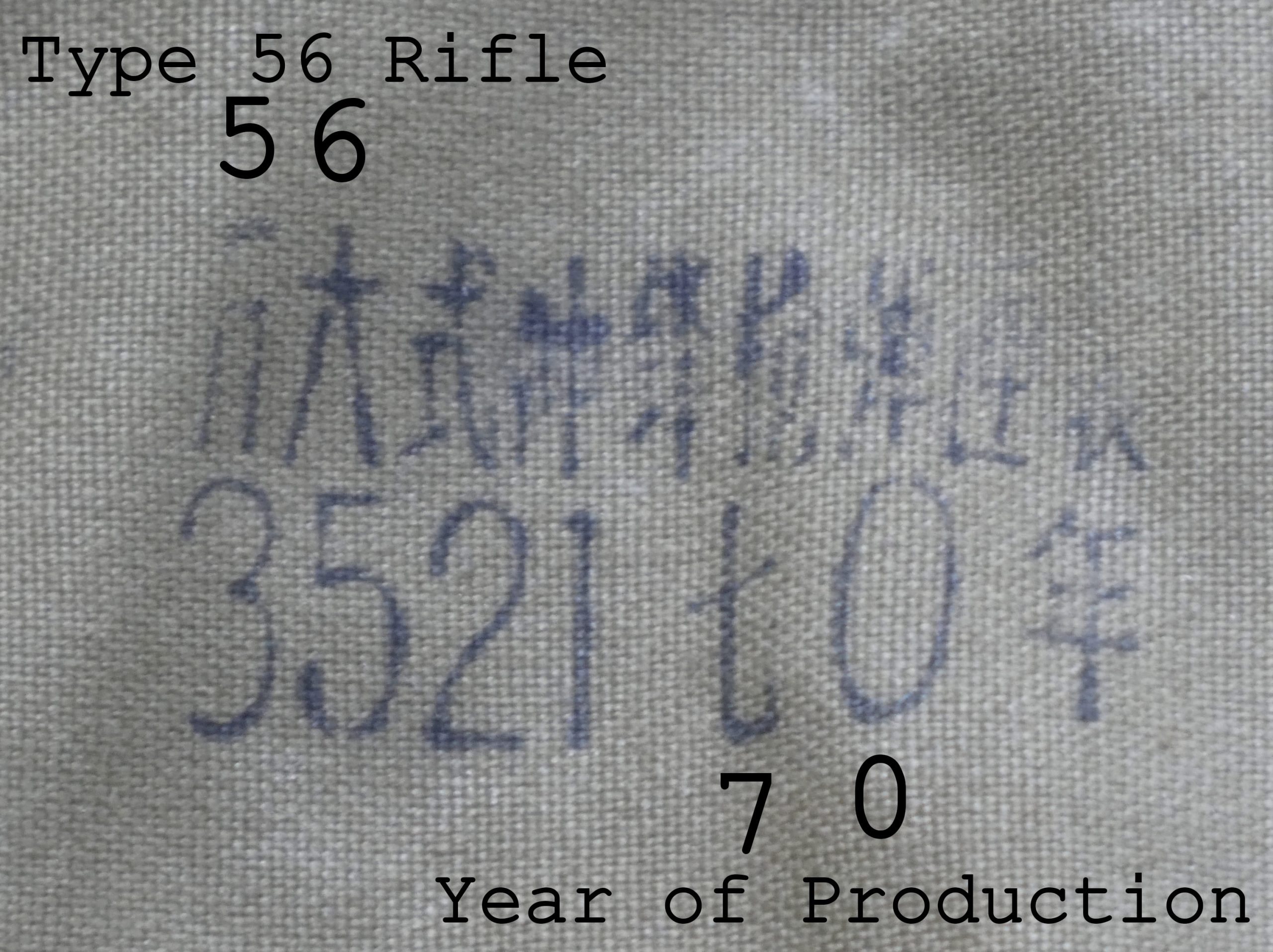
1970 date.
Pouches:


The inside lip is lined with rubber for reinforcement and to keep the pouch open.
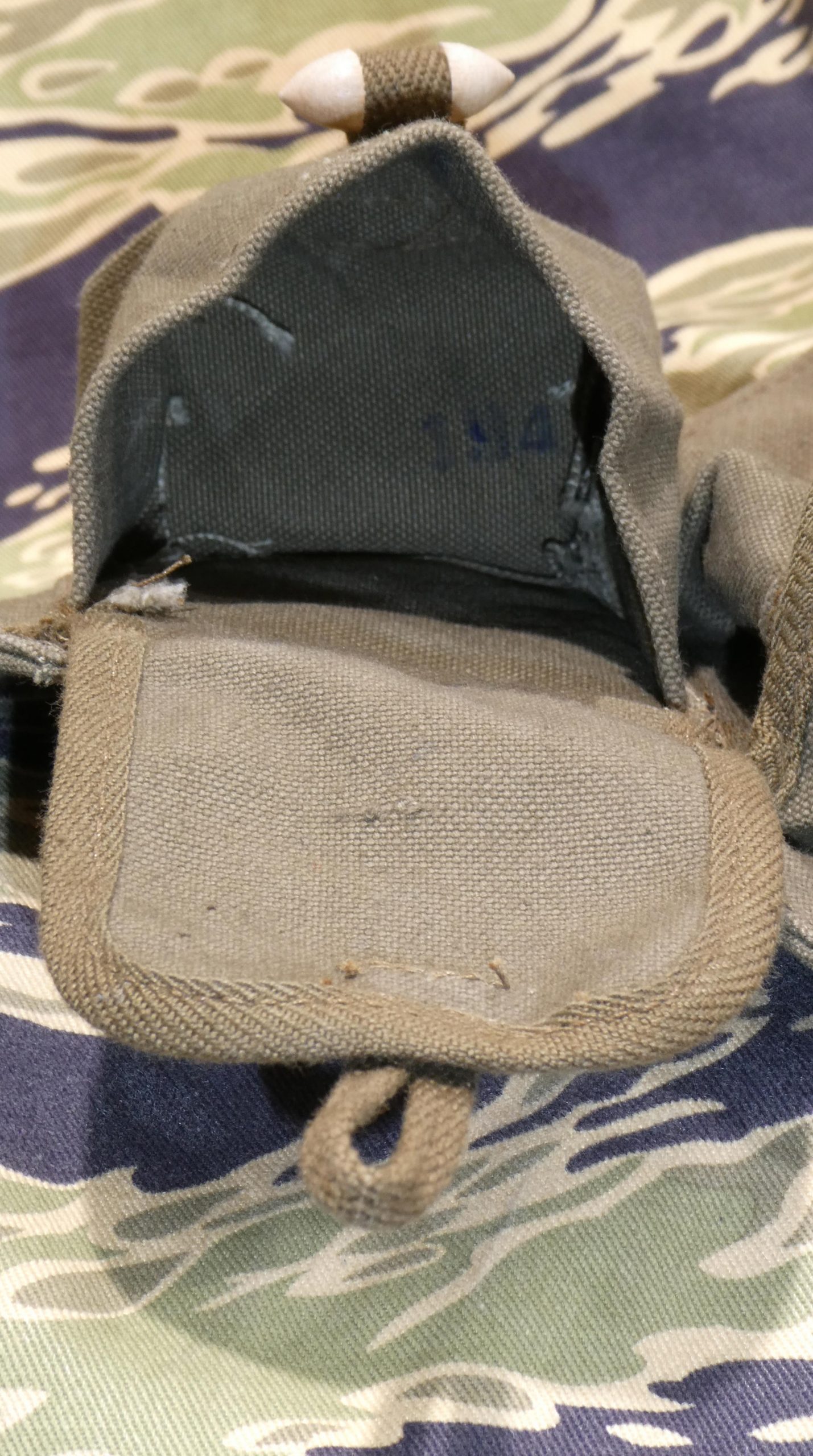
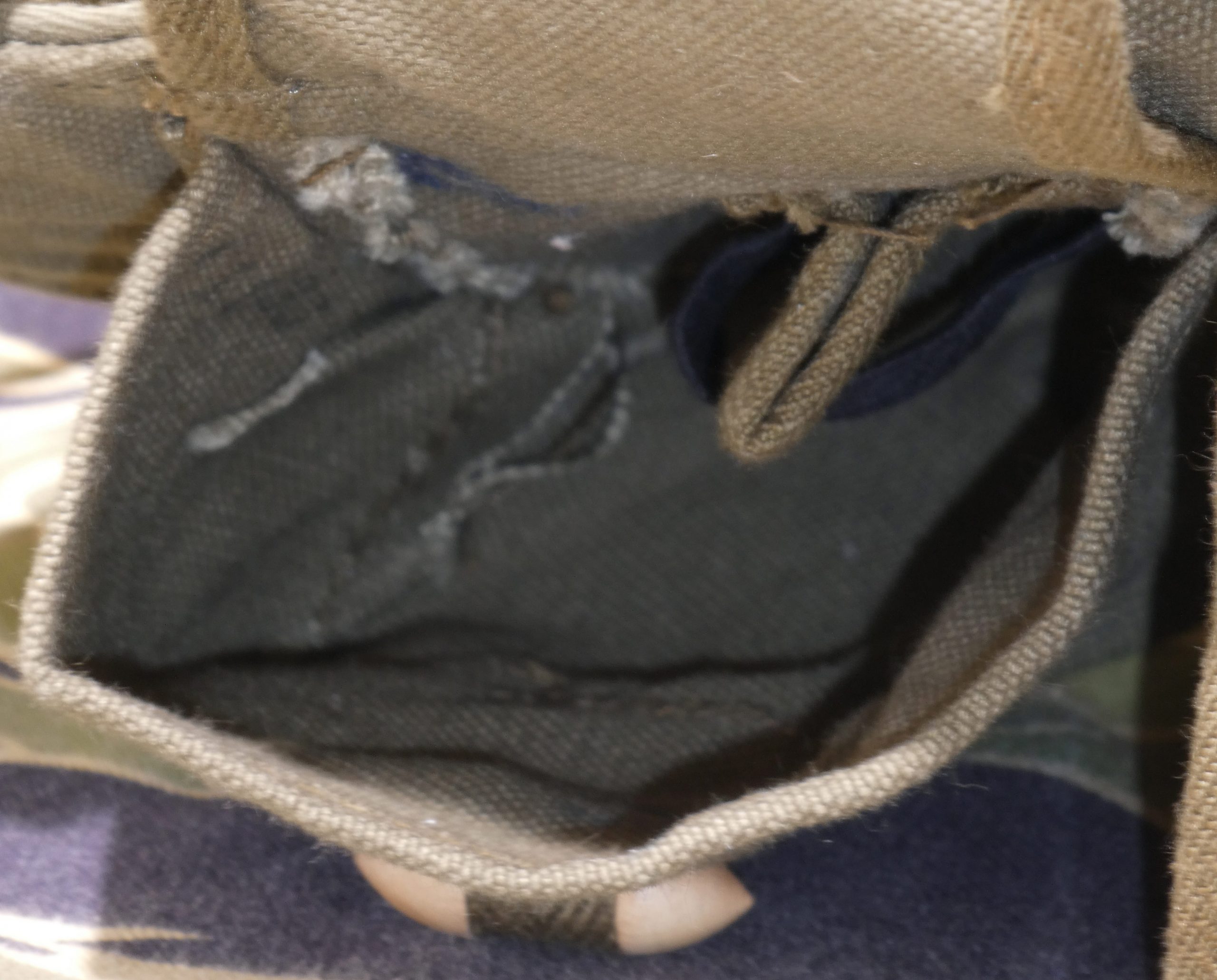
The smaller pouches on the extreme ends are unlined although one was intended for an oiler bottle.
Retaining Straps:
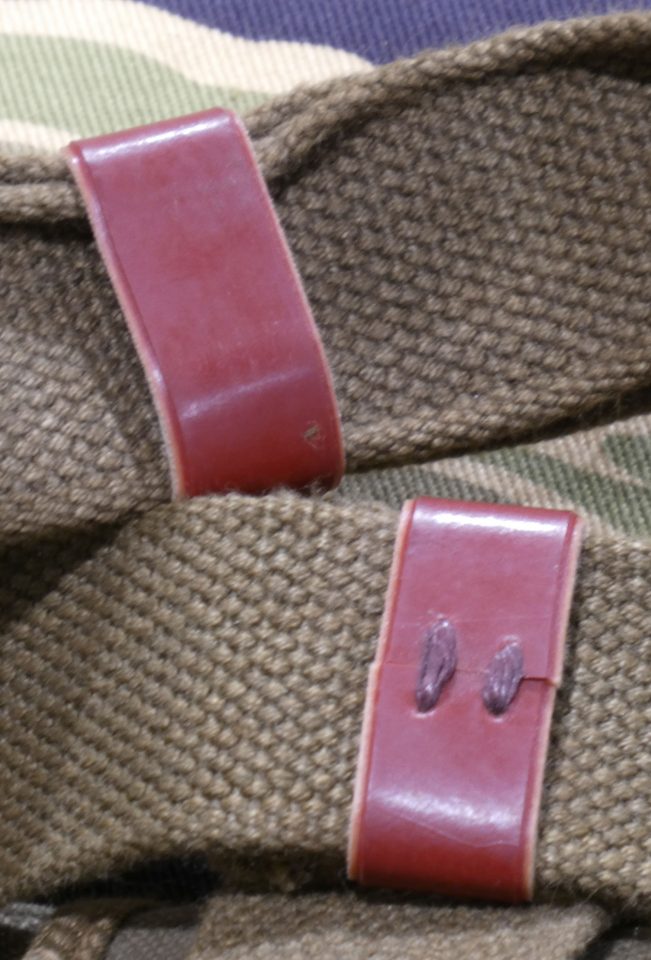
Retaining straps are a redder color.
Sample 2: Later “Reed Green”
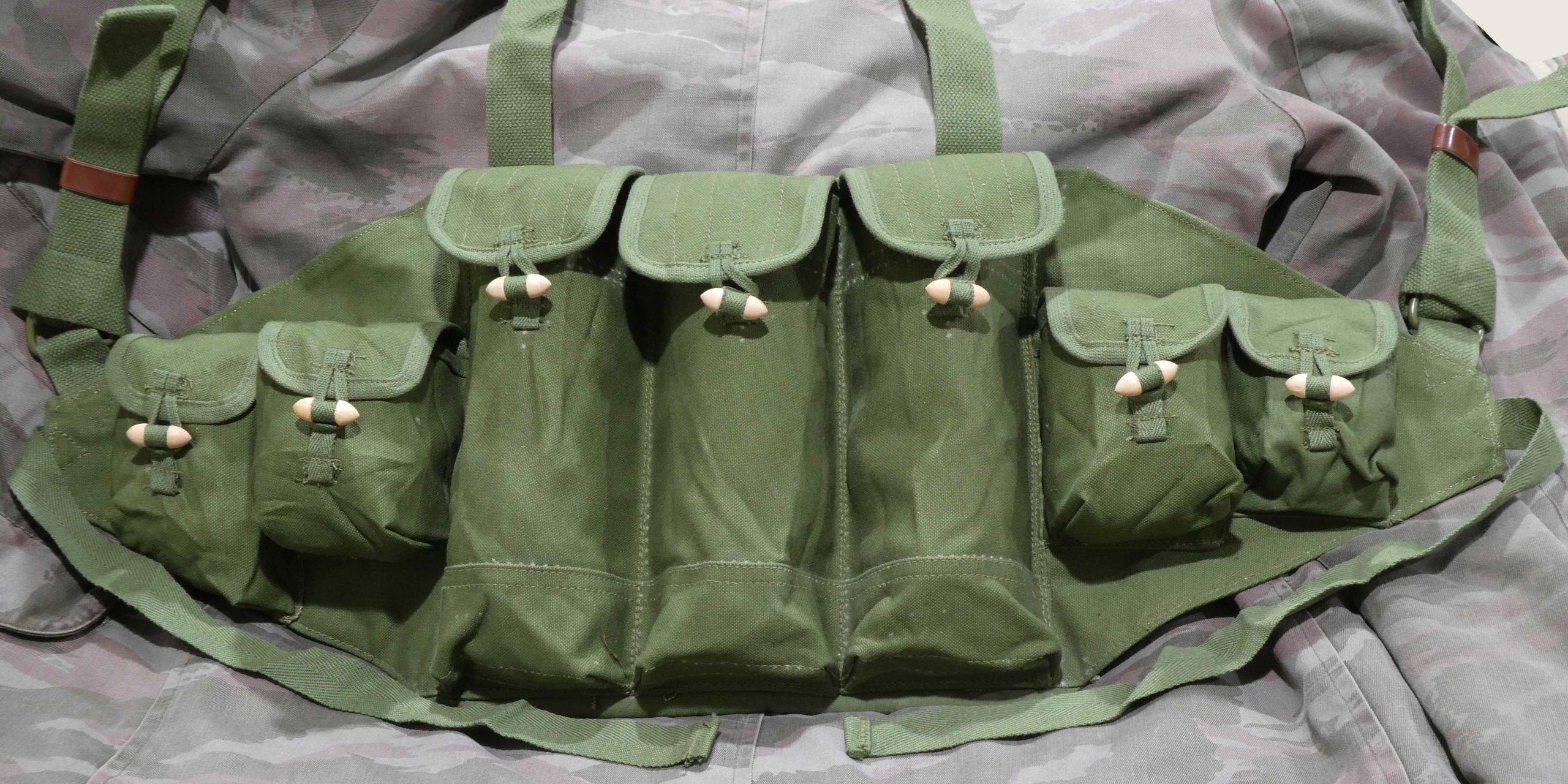
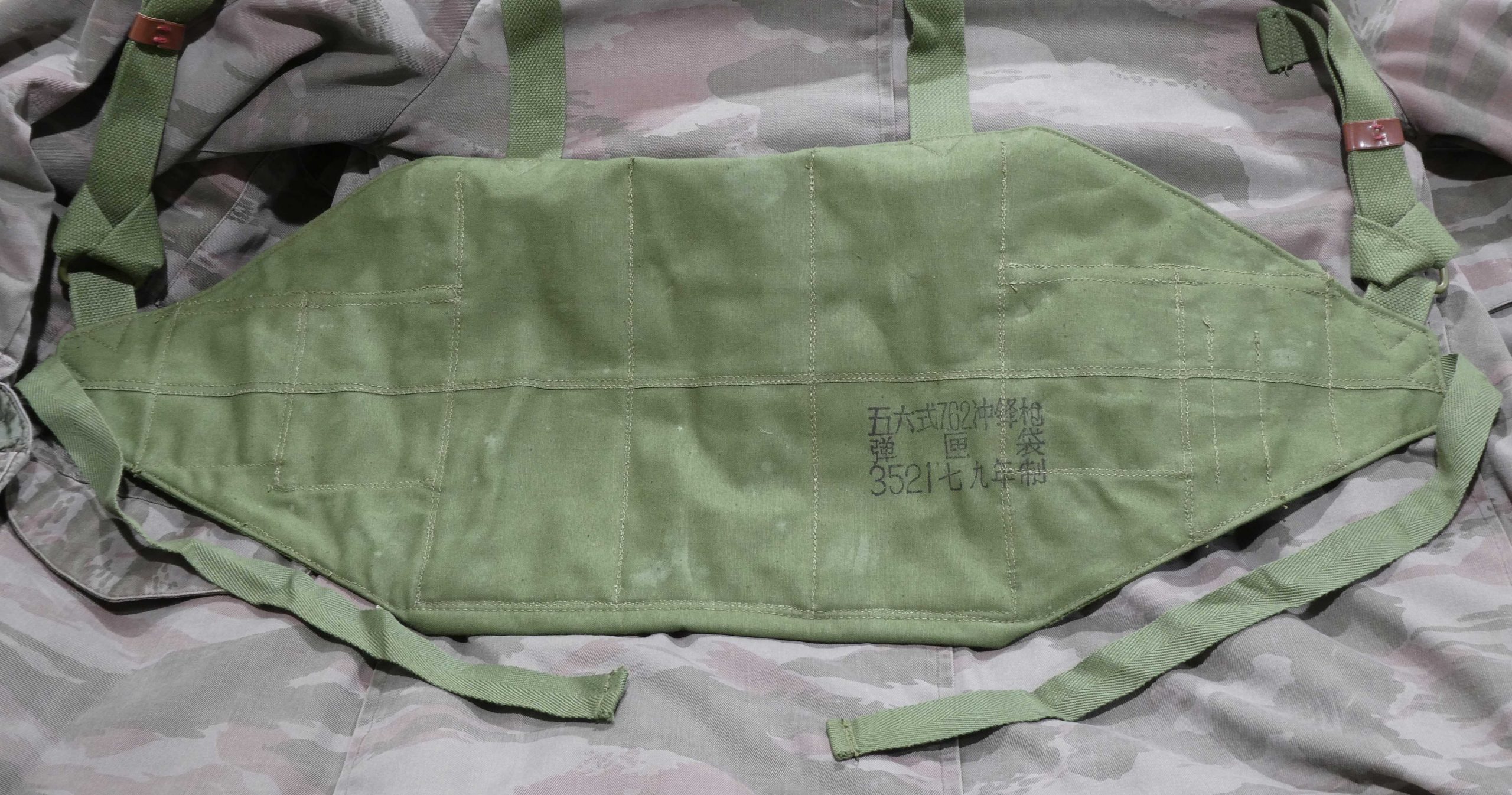
The later production examples, perhaps made starting in the early-mid 1970’s until approximately 1981 when the Type 81 design came into production, incorporate some improvements over the earlier examples.
The main color is more green. “Reed Green” is likely not the official name. I have titled this section based on the Rhodesian fireforce vest‘s very similar color.
Stamp:
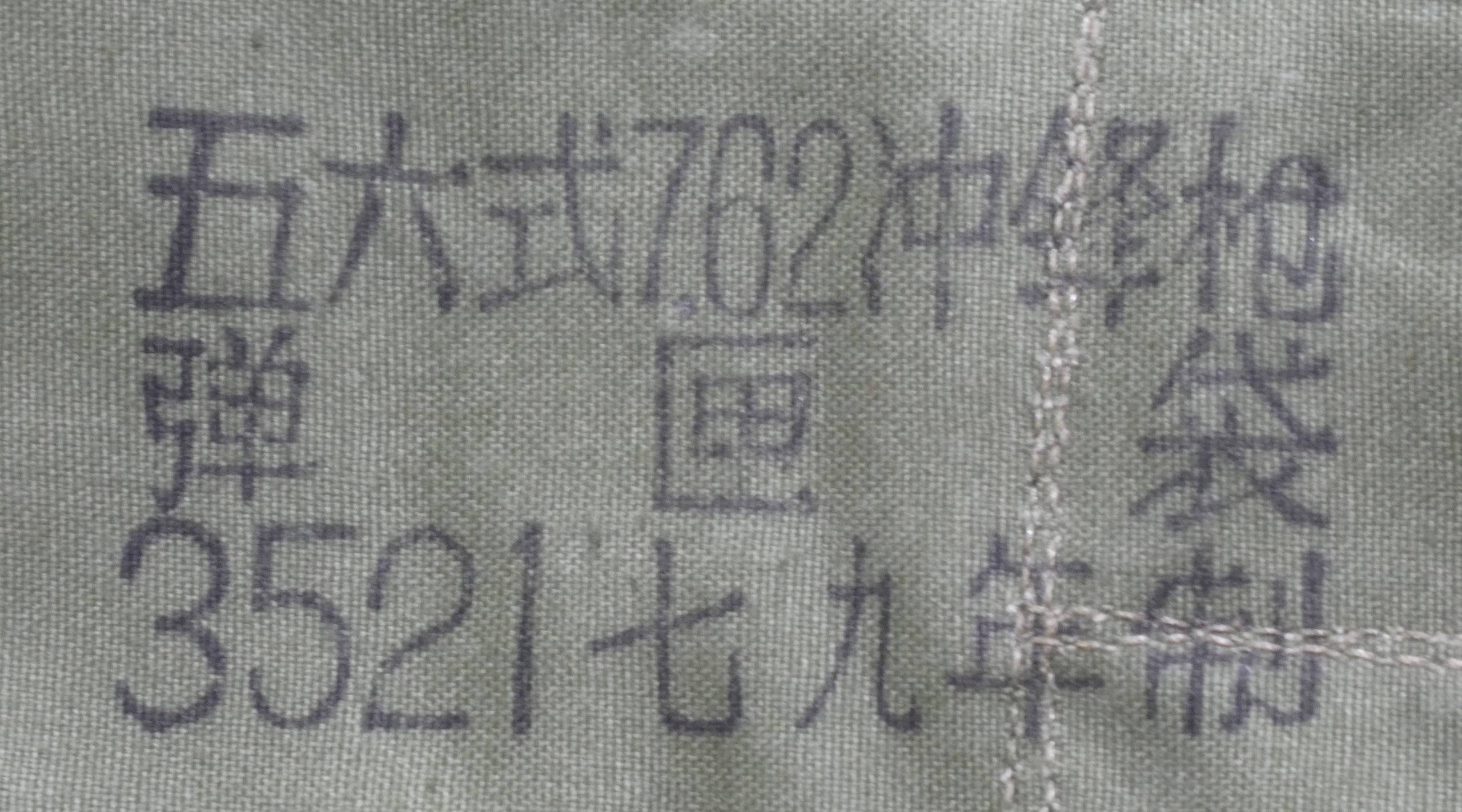

1979 date.
Pouches:
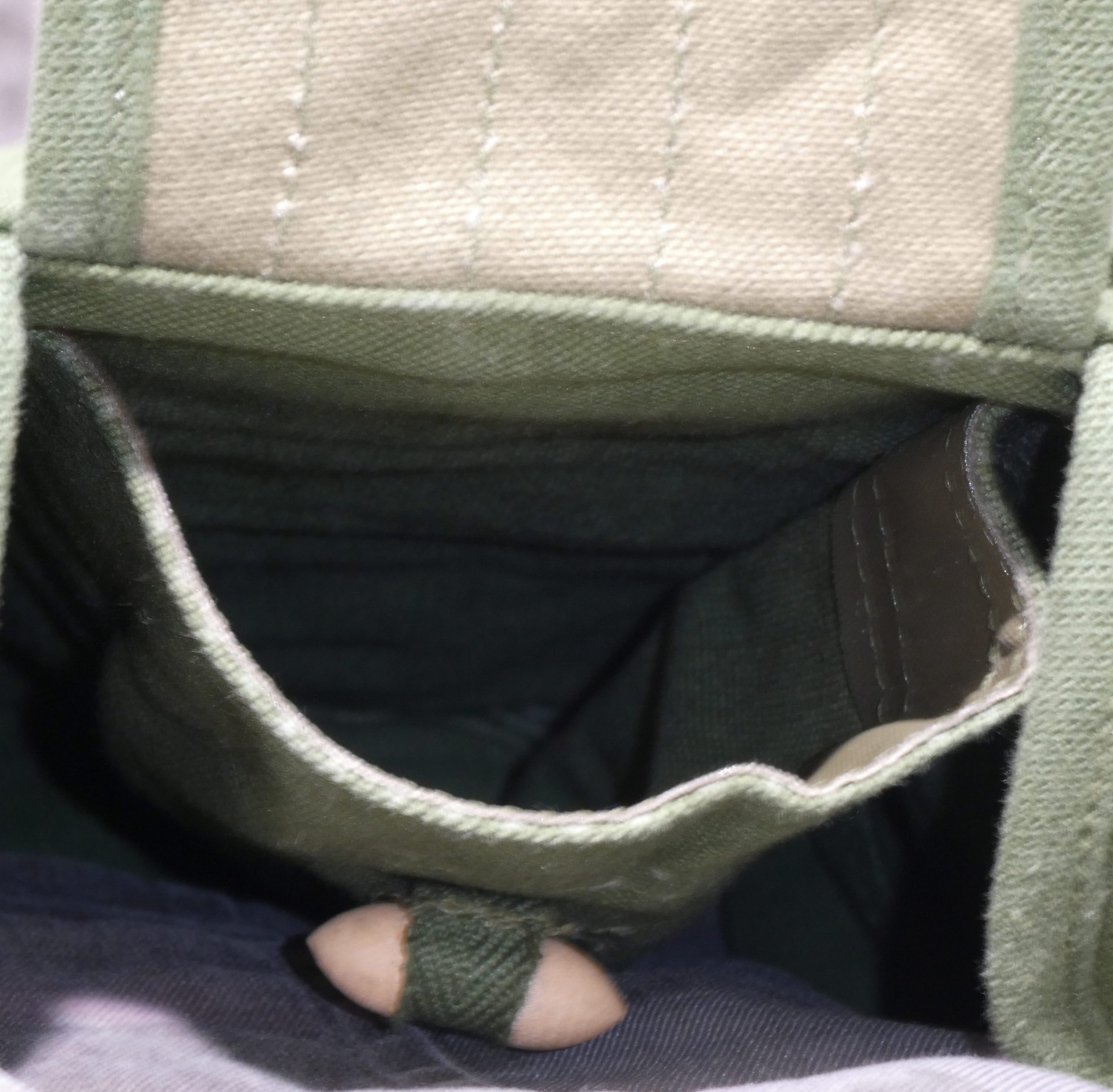
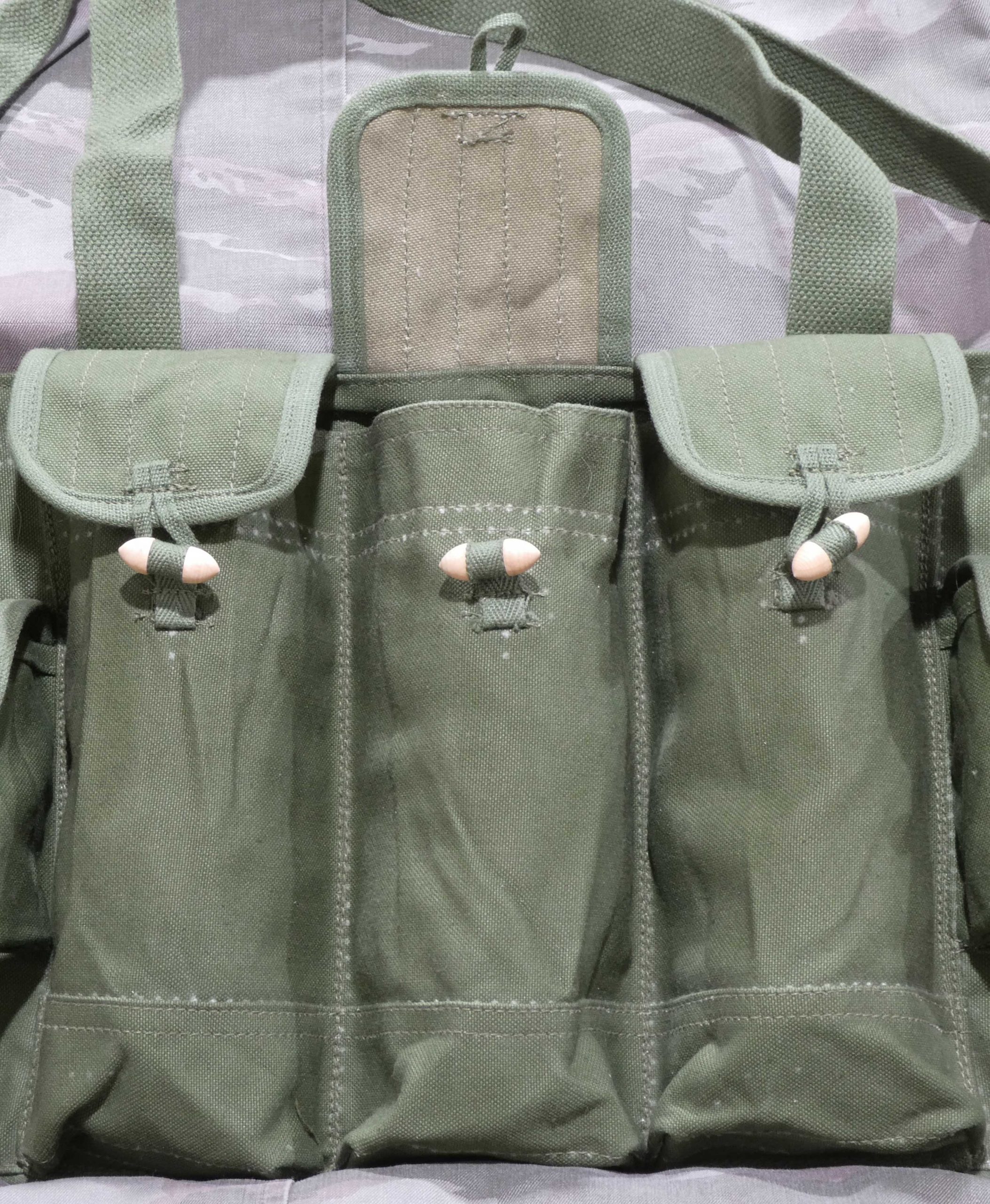
Pouches are also lined with rubber.
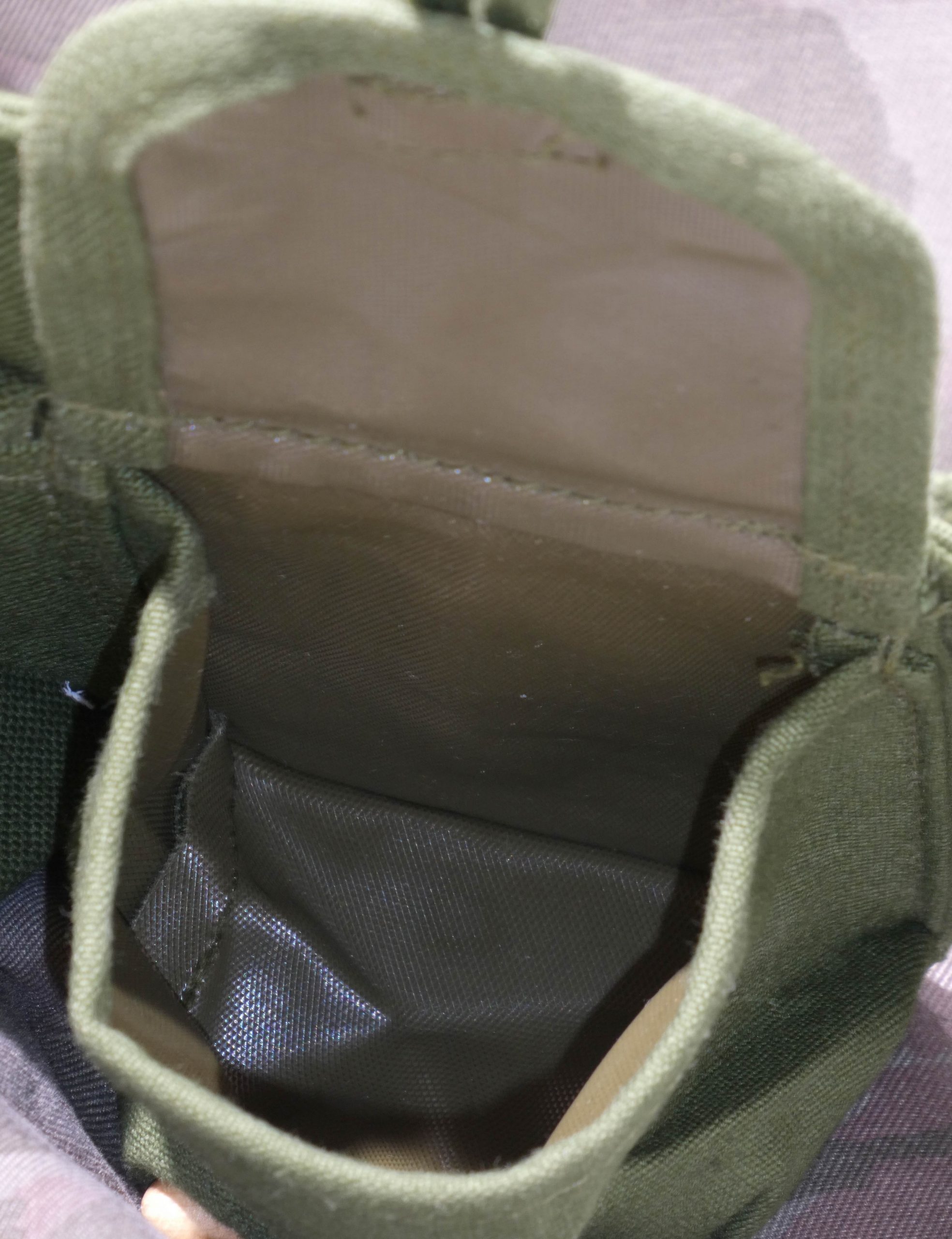
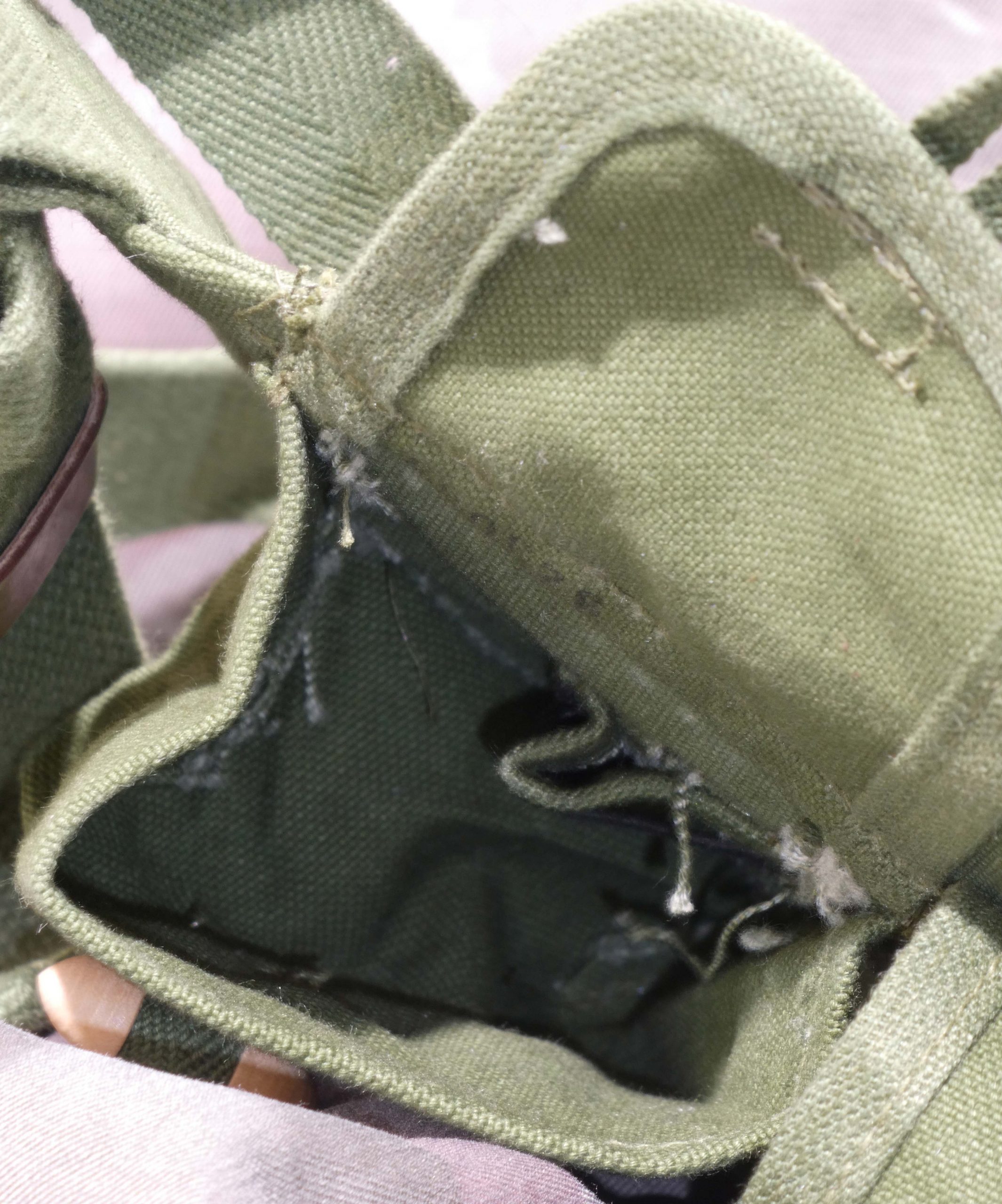
The far left pouch is now rubberized since it is intended to carry an oiling kit.
Straps:
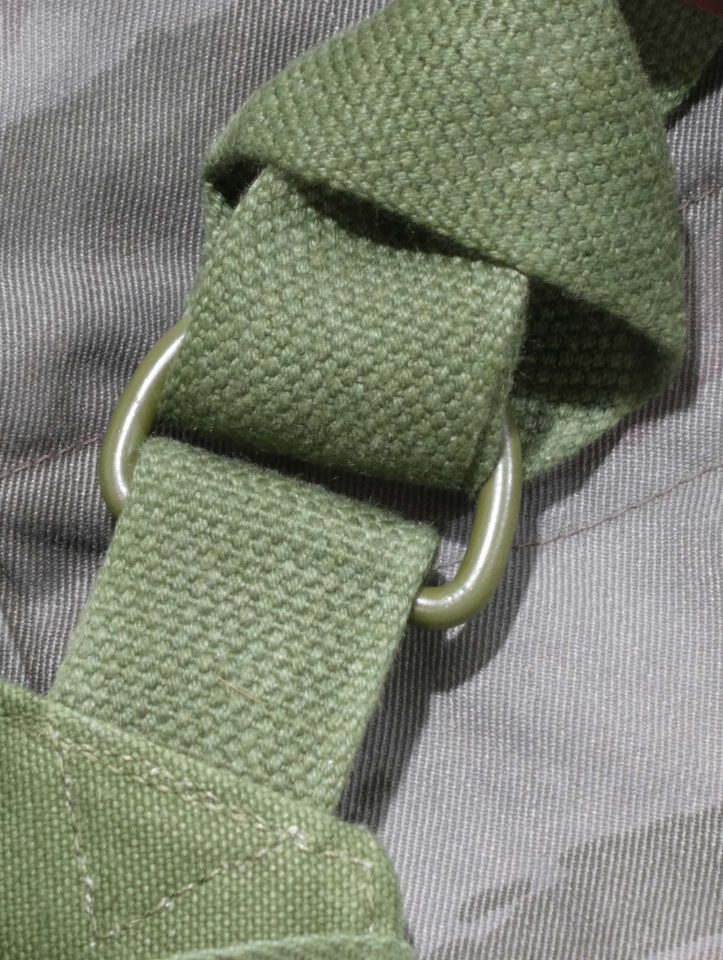
The back straps’ metal D-rings are now green color for added camouflage. In the older version, they were left unfinished.
Usage Photos:
The chicom was a very sought-after, practical piece of kit among all sides of a conflict. Many captured examples were turned right back against their former owners. The design directly inspired the Rhodesian Chest Rig, Russian “Lifchik”, South African P83, and derivative tactical gear still used today.
US MAC V SOG in Vietnam War (Photos from early 1970’s):
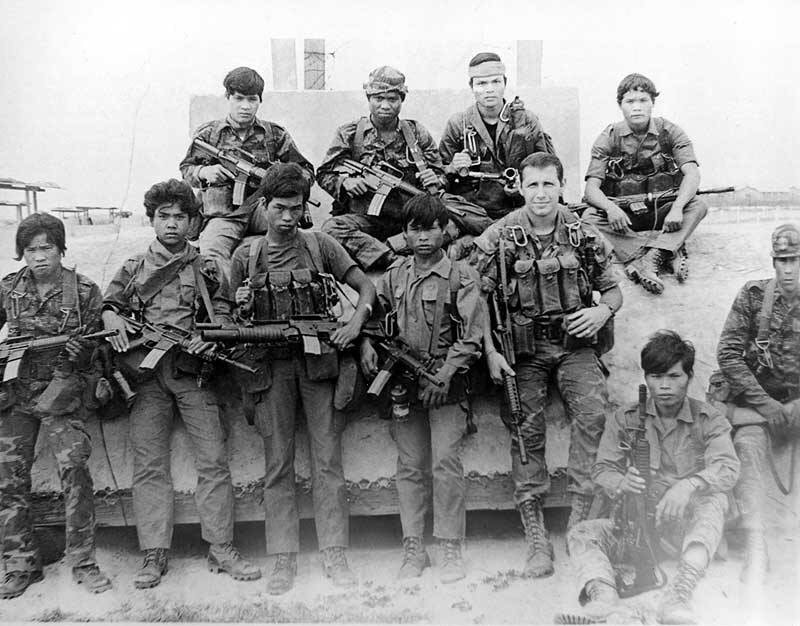

Besides being a very practical design, using the chicom also allowed operators to pretend to be the enemy to sow confusion. An example of a real SOG-used chest rig can be seen here, with many other real artifacts: https://specialforceshistory.com/uniform/modified-ak-47-chest-rig/.
How to Date Chicom Chest Rig Stamps:
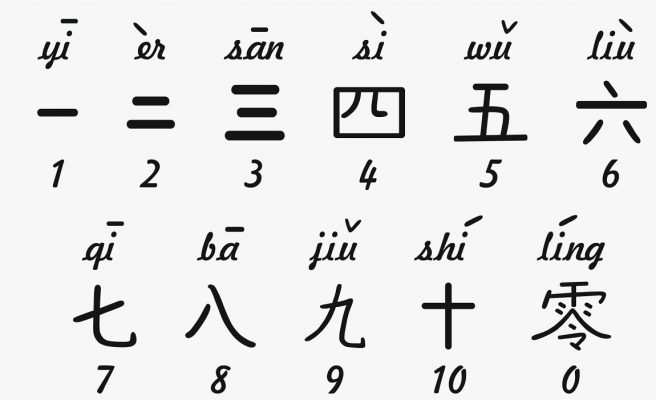
Use this or any other Chinese character to number chart. Locate the first “五六” (56) and skip it since that is likely a reference to the Type 56 (Chinese AK) rifle. The second group of numbers in Chinese characters is likely the year. Date codes appear to be expressed as two separate characters, not the “proper” number. For example, “56” on the stamp would be written as “五六”, not “五十六” (without the “10”/cross in the middle). Similar logic can probably be applied to other Chinese-made items (Type 63 and 81 chest rigs for example).
